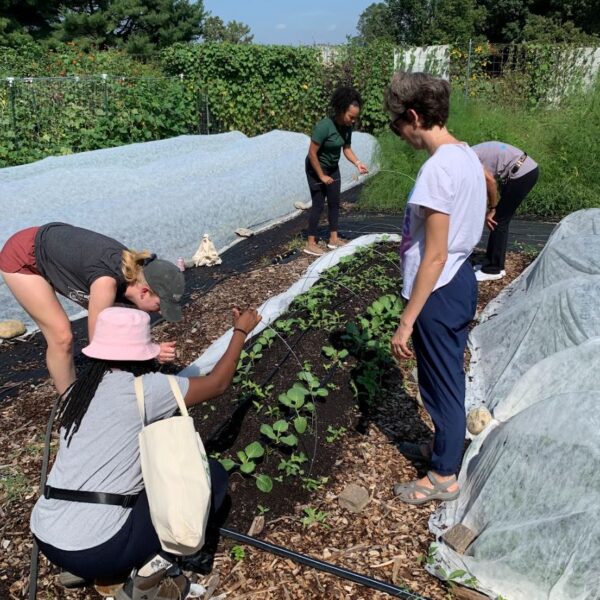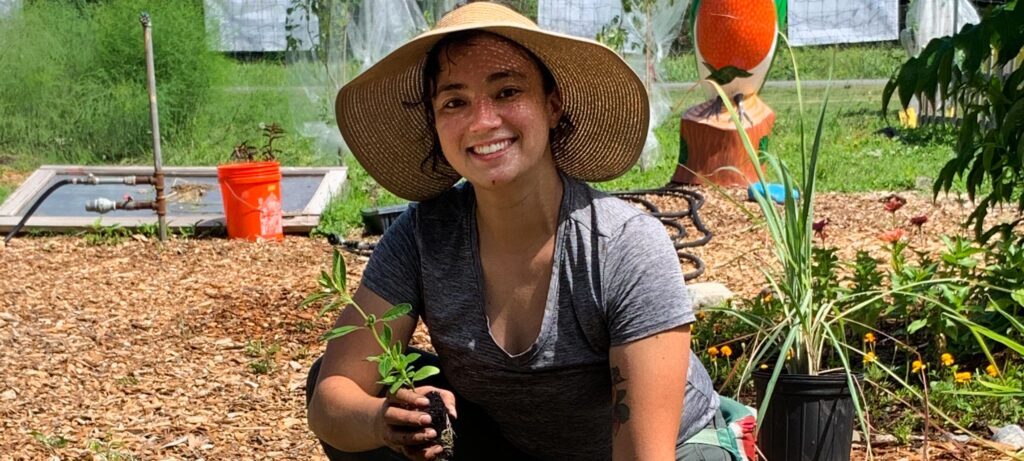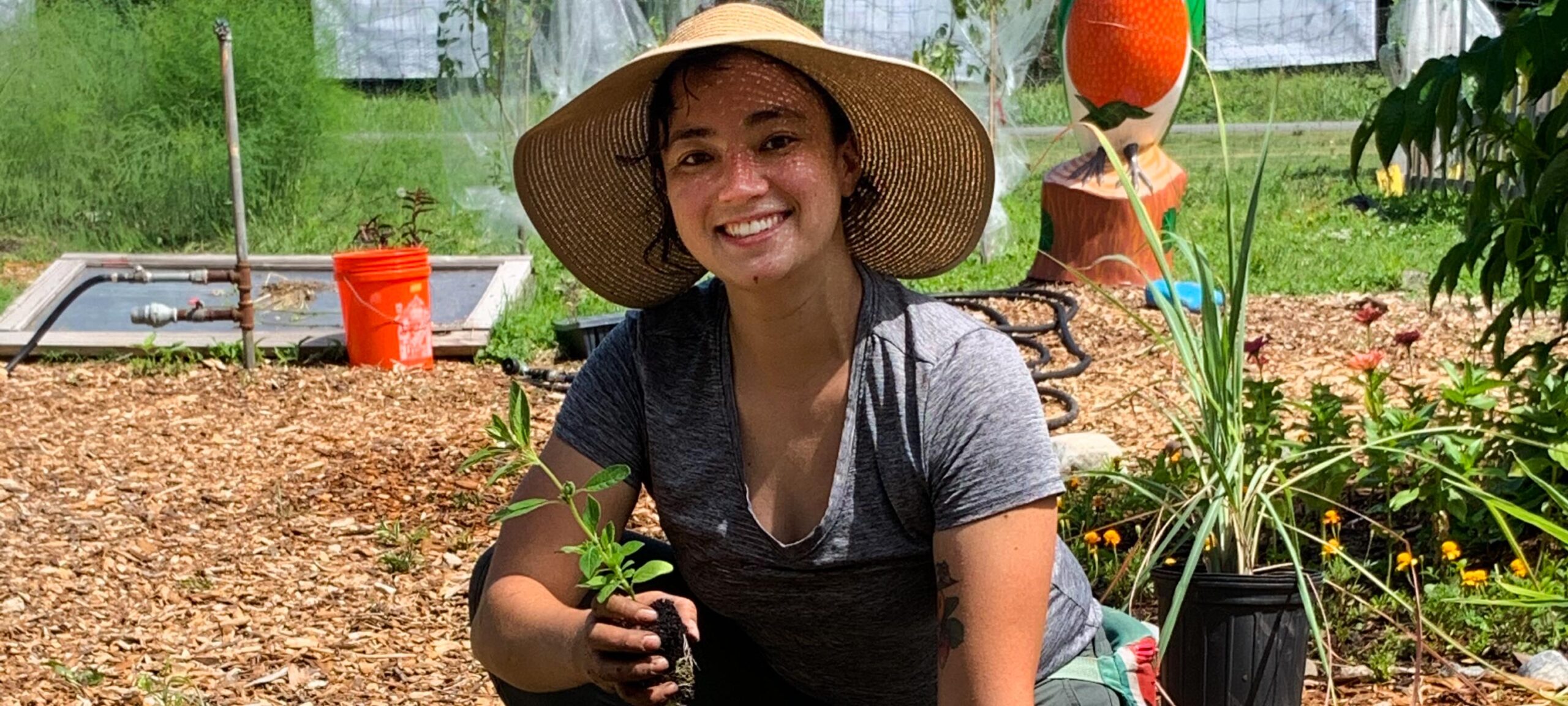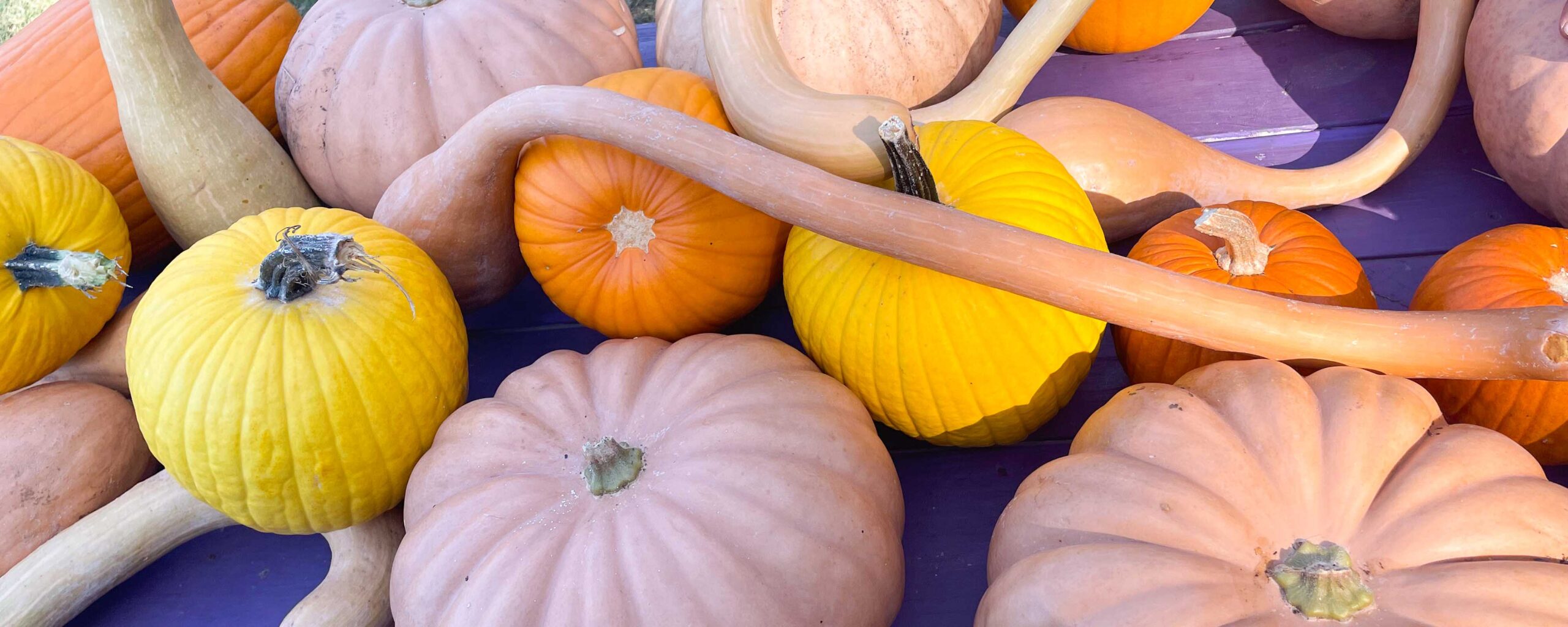Emilia’s Garden Tips: Extending Your Growing Season with Row Cover
The growing season and the school year calendar don’t always align – so how can we extend growing into the winter?
If you sowed seeds or transplanted later in the season and your fall crops are still small, how can you increase their chance of surviving the cold temperatures?
Row cover is a great way to protect crops by reducing the effects of cold, wind and pests but also allowing integral elements like water, sunshine, and water pass through. It is usually a transparent or semi-transparent flexible material made out of a fabric/plastic blend used as a protective covering for plants. It also creates a microclimate to help young seedlings adapt to the larger environment. Some cold hardy plants won’t need row cover but would appreciate a nice thick layer of mulch like straw or dried leaves. This includes kale, collards, carrots, spinach, etc. (as long as they are more mature – young seedlings are vulnerable and it is recommended to protect them)
How to Use Row Cover
Row cover needs to fully cover your designated growing space using a structure to lift it above the plants. Examples include hoops made out of bendable metal, PVC piping, or hula hoops cut in half. Think about it as creating a little greenhouse for your plants!
Using weights on the edges (like rocks) can keep the row cover in place.
Row cover can be used multiple times so be gentle not to rip holes in them that way they can last longer. They easily fold up and can be stored away when not in use.

Row cover is used to protect crops from cold temperatures, winds, and pests.
Where to Purchase Row Cover
- Ace Hardware
- Lowes/Home Depot
- Online
- Other garden supply stores
Additional Resources
Download our guide on how to prepare a garden bed and use row cover.




